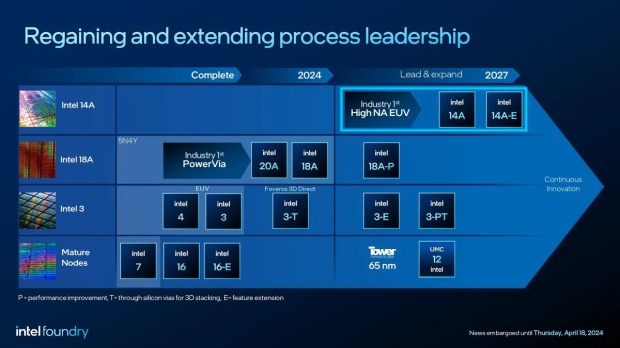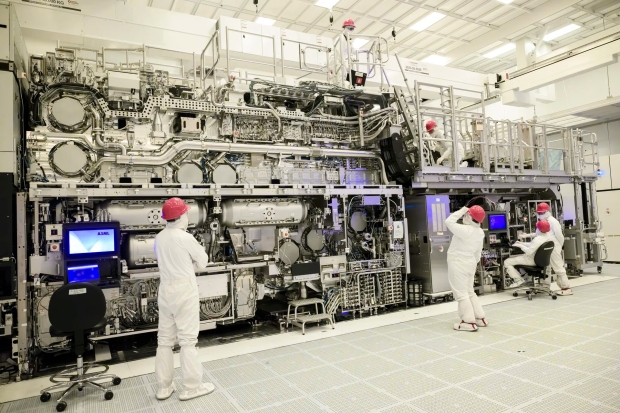Intel Foundry has announced that it's completed the assembly of the industry's first commercial High Numerical Aperture (High-NA) Extreme Ultraviolet (EUV) lithography machine.

ASML provided Intel, its first customer, with the $380 million Twinscan EXE:5000 High-NA lithography machine. Yesterday, it shipped its second High-NA EUV lithography machine to a mystery customer. Intel has now assembled its High-NA EUV lithography machine at its D1X fab in Oregon, a milestone for Intel as this prepares the company for its Intel 14A process node in 2025.
The new ASML Twinscan EXE:5000 machine will allow Intel to print features up to 1.7x smaller than what's possible with existing EUV tools, eventually letting Intel shrink down to smaller transistors than what's possible with standard Low-LA EUV machines, which will provide huge 2.9x transistor density improvement for a single exposure.
- Read more: ASML ships its second High-NA EUV lithography machine to mystery client
- Read more: Intel's new video shows ASML's bleeding-edge $380M High-NA machine installed
- Read more: Intel and ASML achieve 'First Light' milestone with new High-NA lithography tech
- Read more: ASML ships industry's first High-NA EUV lithography scanner to Intel
AMD has been using TSMC's advanced process nodes over the years for its Ryzen and Radeon chips, with Intel outsourcing some of its production of Meteor Lake and other upcoming CPUs at TSMC, but now it has ASML's bleeding-edge High-NA EUV lithography machine will allow Intel to catch up in the semiconductor process node space.
Intel now has the most advanced chip-making tools on the planet, so it will not be behind when it comes to using the latest process nodes like its competitors. Intel's upcoming Intel 14A (1.4nm-class) process node and then the next-gen Intel 10A process node (1nm-class) will be fabbed using the new High-NA EUV lithography machine.
Intel will first de-risk the new technology by developing product proof points with its upcoming Intel 18A process node in 2025, then begin developing its Intel 14A node after that.
- Read more: Intel unveils its new Intel 14A process node, ready for the future of AI chips
- Read more: TSMC: next-gen 1nm-class monolithic chips with 1 trillion transistors by 2030
- Read more: TSMC preparing for 1nm production, new cutting-edge facility in Taiwan
- Read more: Intel: 2026 when it wants to beat TSMC at making the world's fastest chips
- Read more: Intel targets 1 trillion transistors on a single package by 2030
- Read more: Intel CEO: we want 1 trillion transistors in a single package by 2030
ASML is working on its second-gen Twinscan EXE:5200B system, which is capable of producing more than 200 wafers per hour (WPH), which is a slight improvement over the 185 WPH throughput from the current Twinscan EXE:5000 High-NA EUV lithography machine.
ASML's previous-gen Low-NA EUV machine was only capable of 160 WPH, so the new systems are faster as the years go on. Intel has also noted that ASML has three generations of its High-NA machines in development, so we're excited to hear more on those as the months (and years) flick by.



